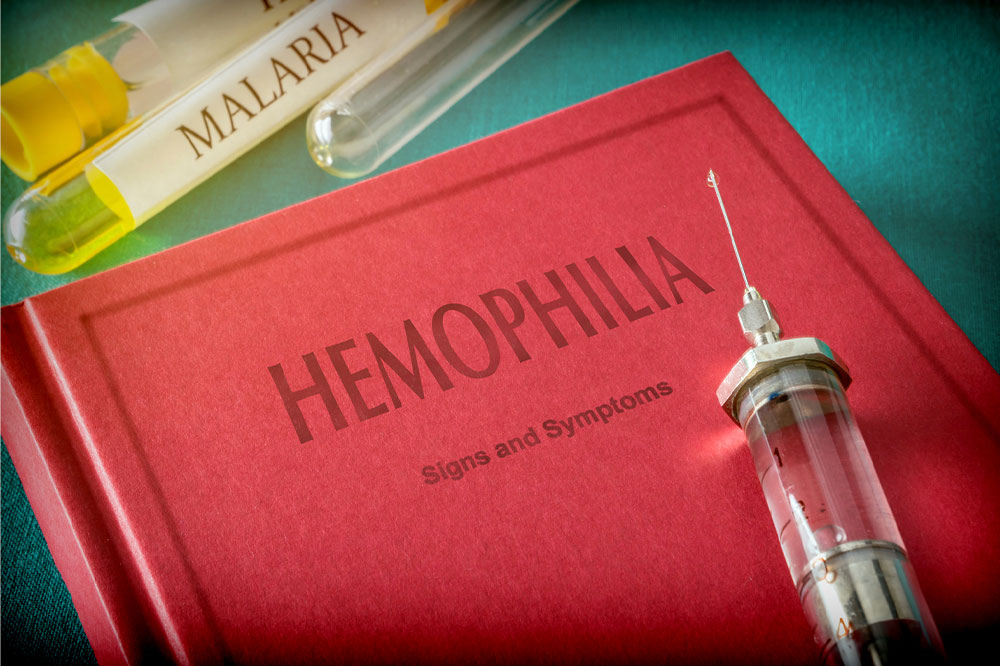Hemophilia – Diagnosis, Symptoms, and Management
Hemophilia is a rare disorder where the blood in a person’s body does not clot effectively. It occurs due to the lack of clotting factors in the blood. Those who have hemophilia tend to bleed for a lot longer compared to someone who does not. In severe cases of hemophilia, internal bleeding can be life-threatening. It is mainly a genetic disorder, and treatments are available that focus on improving clotting and reducing symptoms. Symptoms The symptoms of hemophilia can vary from person to person. It is normal because the symptoms depend on the level of clotting factors present in the blood. If the level of clotting factors has reduced only mildly, the individual may only bleed after surgery or trauma. But, if there is a massive deficiency in the blood clotting factors, the individual can bleed easily and sometimes for no reason. Some of the common signs and symptoms of spontaneous bleeding include: Sudden and unexplained bleeding Bleeding from cuts and other injuries without it stopping Unexplained bruises that tend to last for a long time Bleeding after taking a vaccination Nosebleeds with no cause Passing blood in stool and urine Pain and swelling in the joints Unexplained irritability in small children and infants With hemophilia, minor injuries can also lead to profuse bleeding, which is why those with hemophilia should also be very careful about getting injured.
Read More 









